Introduction to Numbness in Left Hand
Numbness in the left hand is also referred to as paresthesias, and when this occurs, a person has no sensation in his or her left hand. The person will not feel when the hand is being touched or struck.
The numbness is caused by paresthesia, which is a fairly common problem, and is associated closely with hyperventilation syndrome.
This comes from poor circulation in the body, especially in the appendages and the hands, and it commonly occurs to elderly people.
This occurs when the body is not able to supply the hand with blood and essential nutrients that the nerves of the cells need.
When there is no blood and nutrients coming to the nerves, the nerves do not send any signals to the brain, which is why the numbness occurs.
There are other common causes of numbness in the left hand, such as vitamin deficiencies, malnutrition and disorders like diabetes, hypothyroidism and hypoparathyroidism, which are metabolic disorders generally.
Other Causes of Numbness
One other cause of numbness in the left hand can be carpal tunnel syndrome, which occurs when the nerves in the hand are compressed and the severe pain in the hand later turns to numbness.
Tingling sensations and numbness will be noticed in the left hand in most cases of carpal tunnel syndrome.
- Both cases and controls were identified from questionnaire information about tingling/numbness at least once a week or daily within the last 3 months. Participants with more than slight muscular pain or disorders of the neck and upper extremities, excessive alcohol consumption, previous injuries of the upper extremities, or concurrent medical diseases were excluded. The two groups had a similar amount of work with mouse, keyboard, and computer.
- Seven of the 20 cases (35%) had elevated vibration thresholds, compared with 3 of the 20 controls (15%); this difference was not statistically significant (chi2=2.13, P=0.14). Compared with controls, cases had increased perception threshold for all frequencies, but the difference was statistically significant for only 2 out of 14 measurements.
- Comparison between left and right hand threshold values within the case group did not show any significant difference at any frequency.
Probably the most common cause of numbness in the hand is damage to the nerves.
Numbness in the hand can be caused by many different problems with different origins. For example, it can be caused by circulatory, neurological or muscular conditions.
Sometimes, numbness in the left hand will be a sign that a possible heart related problem is on the horizon. That is why it is important to see a doctor if a person is losing sensation in their left hand.
Also, the doctor is the only person that is qualified to diagnose the root of the problem and in order to treat whatever is causing the numbness of the hand, it must first be determined what exactly it is and where it stems from.
Remember, before the numbness sets in, the person will usually experience a great deal of pain in the hand. That is why it is important to go to the doctor as soon as the pain gets serious. If you know that the pain in the hand is coming from some type of blow to the hand or an injury, then it can be treated at home with some ice, anti-inflammatory drugs and rest.







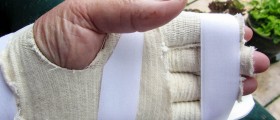
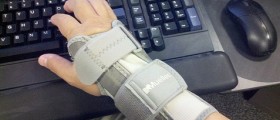
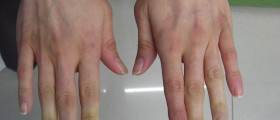
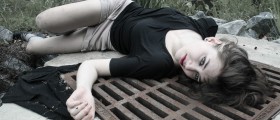
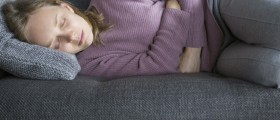

-in-Multiple-Sclerosis_f_280x120.jpg)

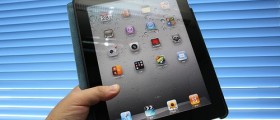


Your thoughts on this
Loading...